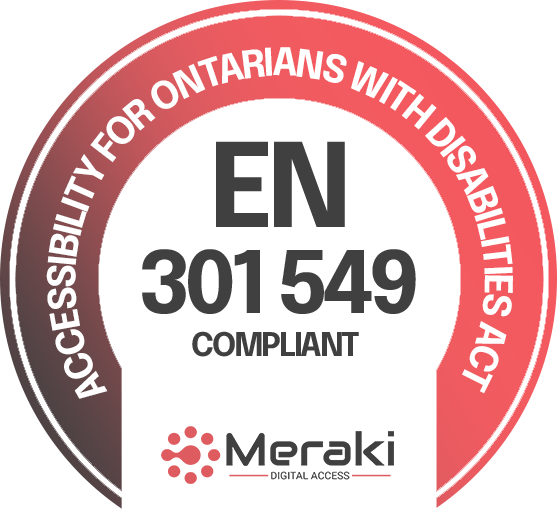
Introduction to EN 301-549
Ensuring accessibility and equal access to online information for all individuals is imperative in the contemporary digital landscape, irrespective of their ability. The European Standard EN 301-549 plays a very significant role in advancing the promotion and accessibility of the Web to everyone. Moreover, it provides comprehensive guidelines and requirements tailored for public procurement concerning digital content and technologies across Europe. Specifically, this standard reinforces inclusivity and ensures web accessibility for individuals with disabilities.
Historical Background of EN 301 549
The European Committee for Standardization (CEN), the European Telecommunications Standards Institute (ETSI), and the European Committee for Electrotechnical Standardization (CENELEC) jointly developed EN 301-549 to regulate EU public purchasing of products and services.
Certainly, to enhance accessibility, EN 301-549 has undergone periodic updates. The most recent EN 301-549 update integrates WCAG 2.1 AA standards. It guarantees that the author and the website’s design are accessible and inclusive so that it can operate smoothly with individuals who rely on assistive technology. As a result, this alignment fosters a more universally accessible digital environment.
What is WCAG?
The Web Content Accessibility Guidelines (WCAG) are a dynamic and continuously changing set of standards. The World Wide Web Consortium (W3C) is a global nonprofit organization well-known for issuing authoritative specifications regarding HTML, CSS, and several other web technologies. Moreover, to craft these guidelines, collaborative efforts are made, involving contributions from diverse stakeholders, including member organizations, academic institutions, dedicated W3C personnel, and engaged members of the public. Certainly, this collective endeavor ensures the comprehensive development of WCAG, reflecting the evolving needs and advancements in the digital realm. Meraki Digital Access professionals actively shape and refine the WCAG guidelines, underscoring their commitment to promoting inclusive web practices.
Critical Provisions for Web Accessibility
These provisions cover a vast range of essential aspects that ensure the accessibility of Internet technologies to all; they include:
Permeability
Permeability ensures that the content is presented in a manner that is accessible to users, irrespective of their sensory abilities. To achieve this, implement the following measures to ensure that information effectively reaches users’ senses:
- To ensure compatibility with screen readers or other assistive technologies for web pages and text.
- To provide text alternatives through non-text content, such as images.
- To create content with the flexibility to be presented in multiple formats without compromising its meaning.
- To enhance the visibility and accessibility of the provided content to facilitate consumers’ ability to perceive it visually and audibly.
Operability
This factor involves making digital interfaces and functionalities operable for all users, including those with physical disabilities. This consists of the implementation of the following factors:
- To ensure all functionality is operable via a keyboard.
- To provide users with adequate time to comprehend and interact with the content.
- To avoid content that may trigger seizures or adverse reactions.
- To facilitate user navigation through content.
- To enhance usability for inputs beyond keyboard interaction.
Understandability
Ensuring that the digital content’s information is easy to understand and navigate for all users, including those with cognitive disabilities. Thus, consumers need to comprehend the content and guide the user interface. Impose the following measures to achieve the understandability of the content:
- To ensure the text is legible and understandable.
- To ensure content behaves consistently and predictably.
- To assist users in error prevention and correction.
Robust
Content delivery should be in diverse formats, ensuring consistent interpretation across various user agents, including assistive technologies. As a result, this necessitates ensuring ongoing accessibility as technologies evolve. Certainly, to accomplish this objective, it is important to adhere to the established standards that dictate content presentation.
Elevate Your Website with Seamless EN 301 549 Compliance with Meraki Digital Accessibility Widget
Our cutting-edge technology ensures seamless compliance not only with EN 301 549 but also across all accessibility standards. Therefore, we guarantee that any future content you integrate will remain fully compliant. Discover effortless solutions to elevate your website, enhancing profitability and inclusivity. Moreover, with the AI-powered Meraki Digital Accessibility Widget, you improve the user experience and demonstrate a strong commitment to equality. Above all, equal access to the internet is a fundamental human right, and by making your website accessible to all, you embody this principle. Make the right choice today with Meraki Digital Access.